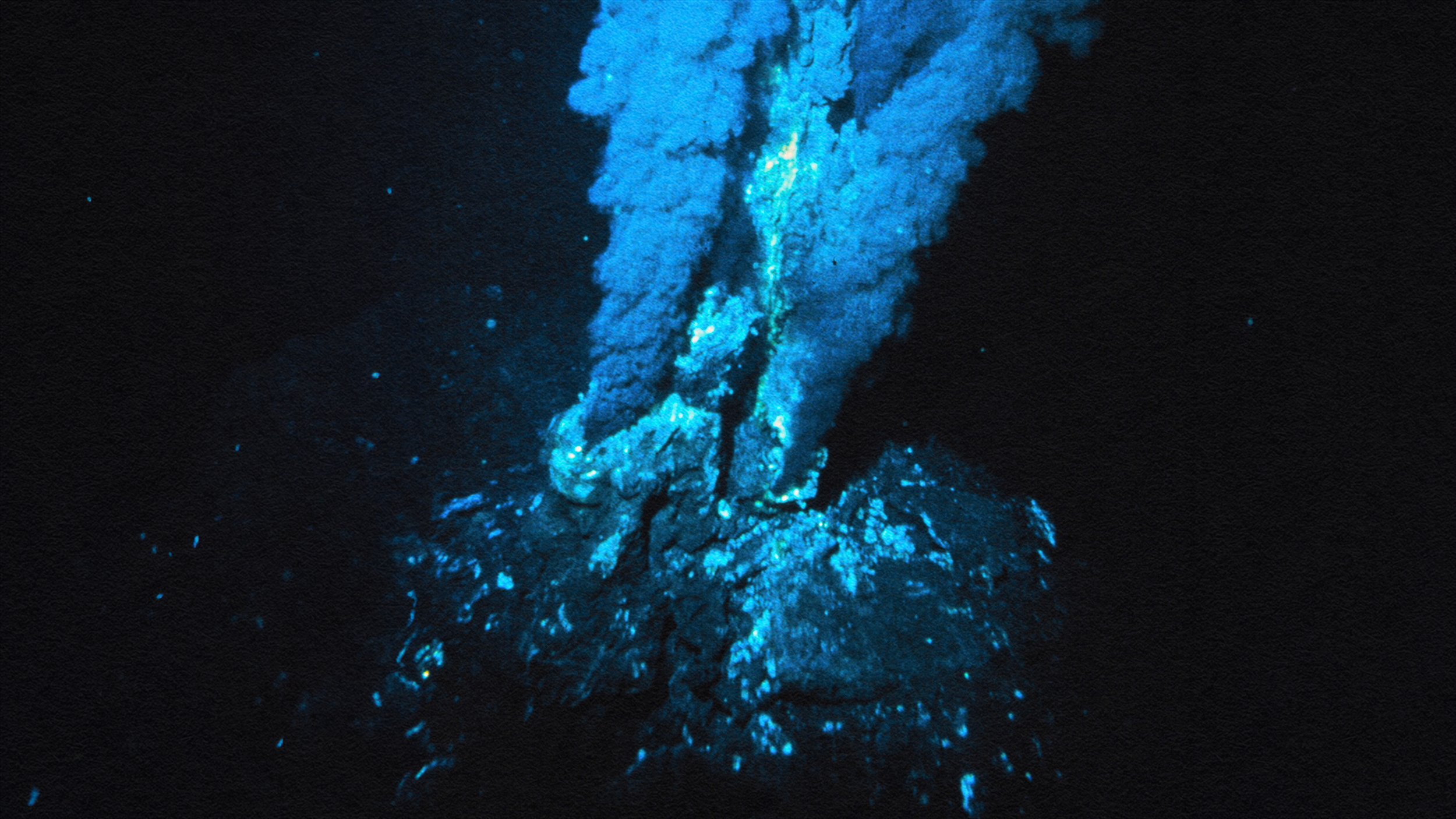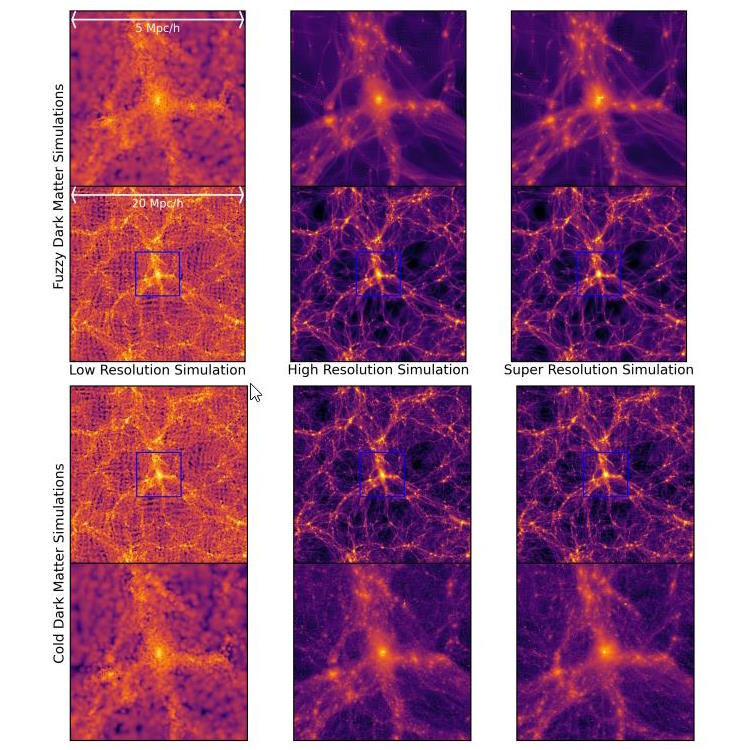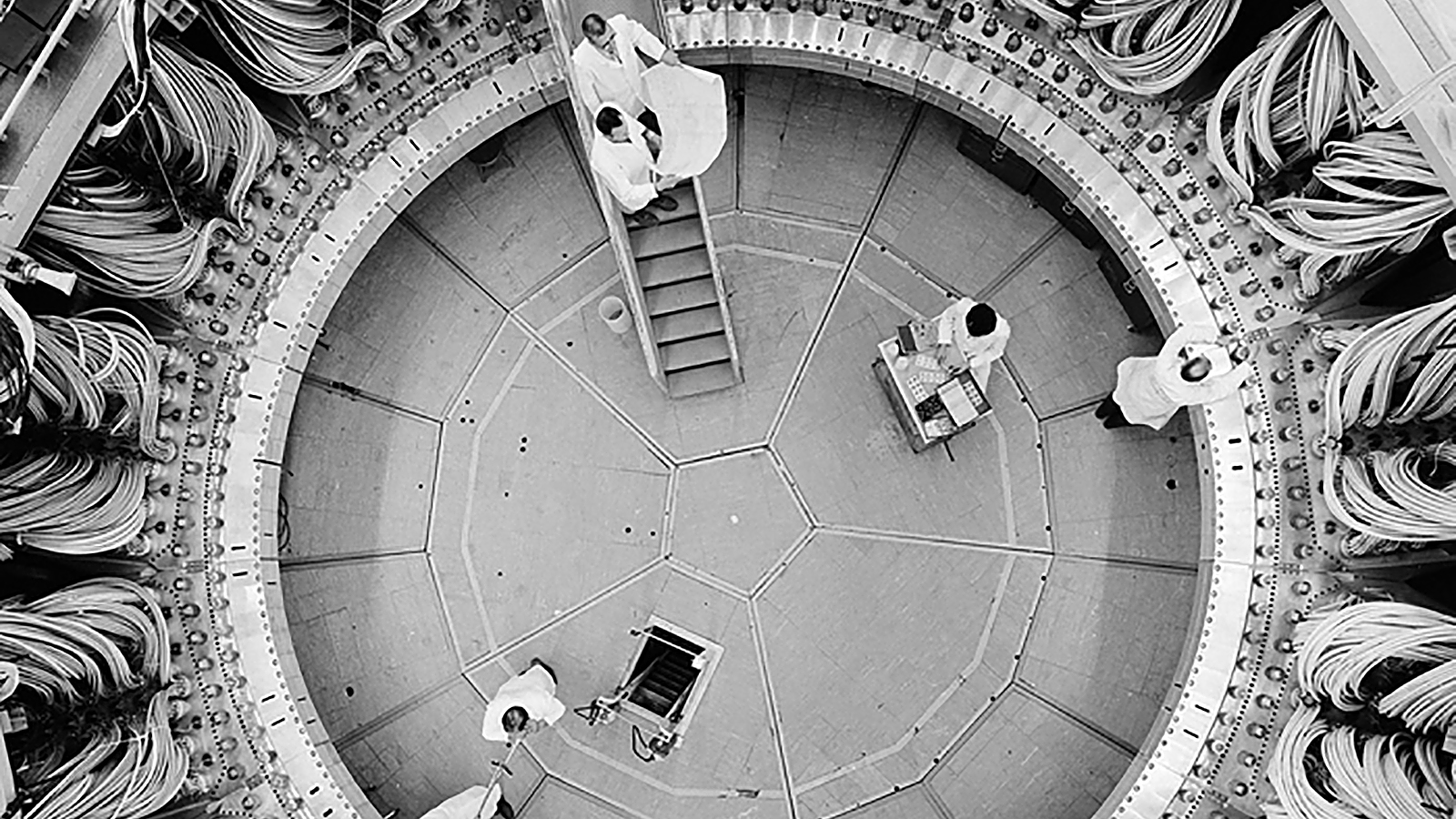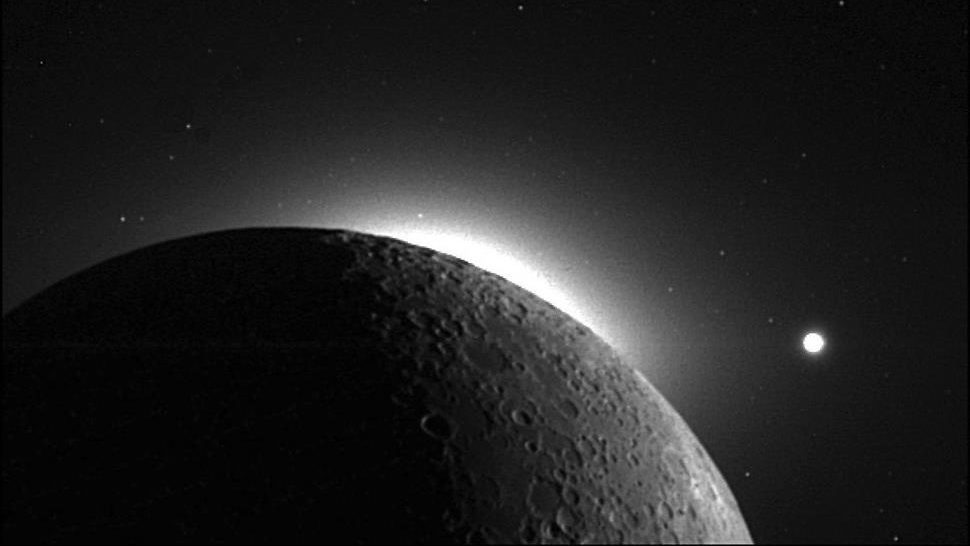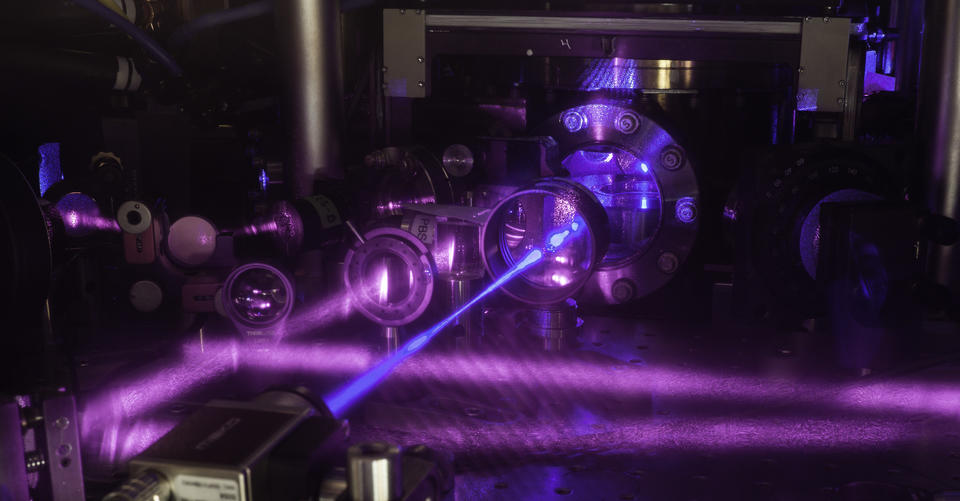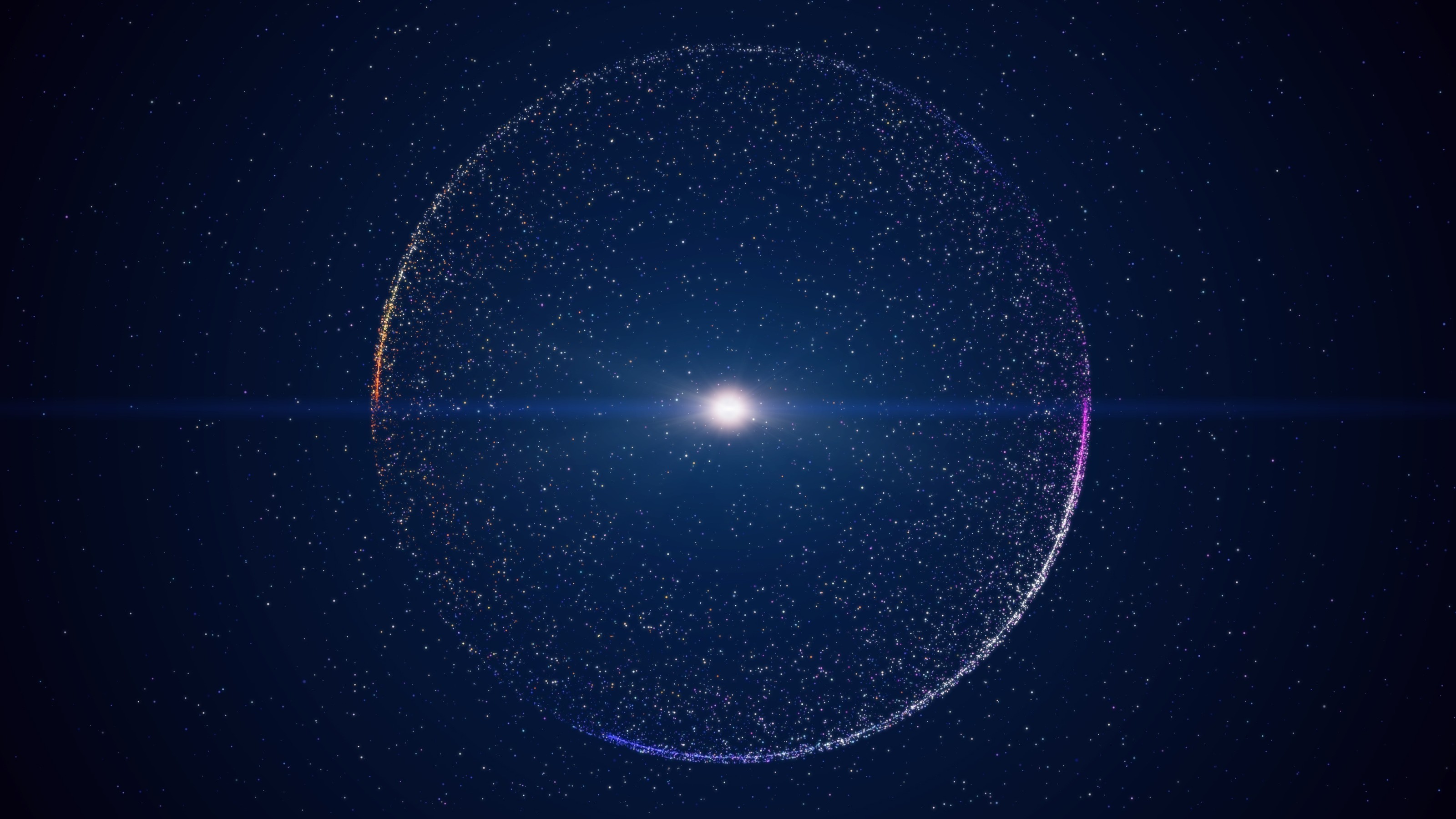In a recent paper, biologists outlined a three-part hypothesis for how all life as we know it began.
Search Results
You searched for: energy
In a far-reaching discovery with astrophysicist Karolina Garcia, we discuss what’s in the Universe and how it grew up.
In the infant Universe, particle physics reigned supreme.
If nature were perfectly deterministic, atoms would almost instantly all collapse. Here’s how Heisenberg uncertainty saves the atom.
If you eat a diet full of refined grains, high-sugar drinks, and sweets, there’s a good chance you have too much insulin.
Researchers at the Brookhaven National Laboratory recently created the heaviest exotic antimatter hypernucleus ever observed.
Just 13.8 billion years after the hot Big Bang, we can see objects up to 46.1 billion light-years away. No, this doesn’t violate relativity.
Smarter building materials can control indoor temperatures without external power.
Today, the Large Hadron Collider is the most powerful particle physics experiment in history. What would a new, successor collider teach us?
Old coal mines can be converted into “gravity batteries” by retrofitting them with equipment that raises and lowers giant piles of sand.
Welcome to The Nightcrawler — a weekly newsletter from Eric Markowitz covering tech, innovation, and long-term thinking.
From the explosions themselves to their unique and vibrant colors, the fireworks displays we adore require quantum physics.
In general relativity, white holes are just as mathematically plausible as black holes. Black holes are real; what about white holes?
We have very specific predictions for how particles ought to decay. When we look at B-mesons all together, something vital doesn’t add up.
The future belongs to complexity.
There is no such thing as a void in the Universe.
Neutrons can be stable when bound into an atomic nucleus, but free neutrons decay away in mere minutes. So how are neutron stars stable?
Since the mid-1960s, the CMB has been identified with the Big Bang’s leftover glow. Could any alternative explanations still work?
There was a lot of hype and a lot of nonsense, but also some profoundly major advances. Here are the biggest ones you may have missed.
To know how to protect its astronauts, NASA needs to first understand the threat.
NASA’s only flagship X-ray telescope ever, Chandra, still works and has no planned successor. So why does the President want to kill it?
Dark energy is one of the biggest mysteries in all the Universe. Is there some way to avoid “having to live with it?”
Don’t put all your eggs in one basket.
Practically all of the matter we see and interact with is made of atoms, which are mostly empty space. Then why is reality so… solid?
Earth, the only rocky planet with a large, massive satellite, is greatly affected by the Moon. Destroying it would cause 7 major changes.
Amplifying the energy within a laser, over and over, won’t get you an infinite amount of energy. There’s a fundamental limit due to physics.
If you gave me $400 and I gave you $3.15, would you consider yourself wealthier? That’s a financial analogy for the supposed fusion power “breakthrough.”
Perhaps the whole Universe is the result of a vacuum fluctuation, originating from what we could call quantum nothingness.
From how life emerged on Earth to why we dream, these unanswered questions continue to perplex scientists.
If light can’t be bent by electric or magnetic fields (and it can’t), then how do the Zeeman and Stark effects split atomic energy levels?
